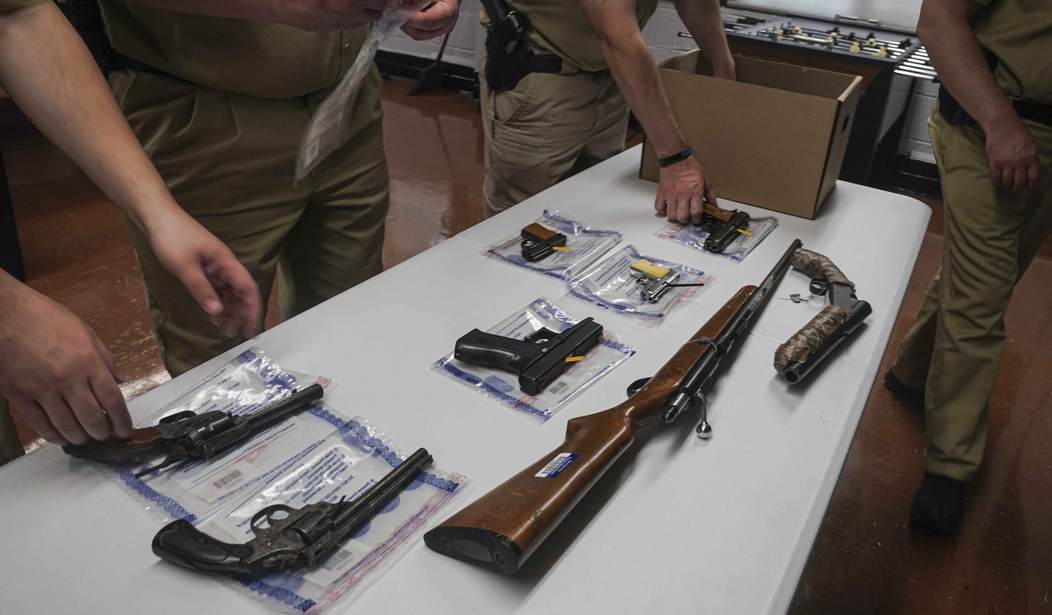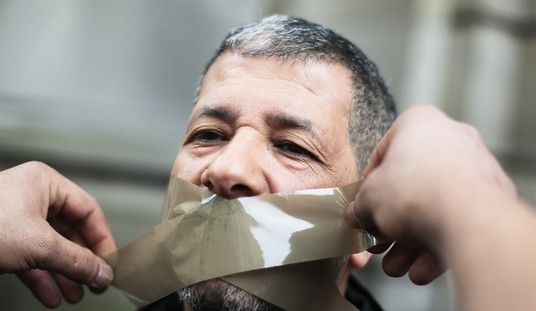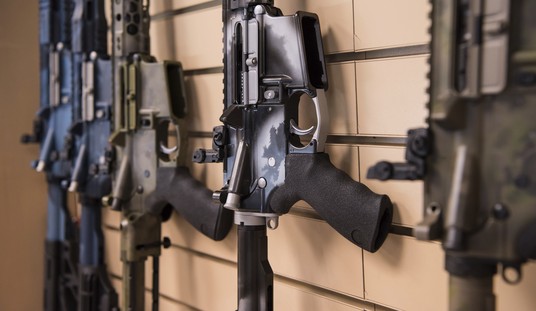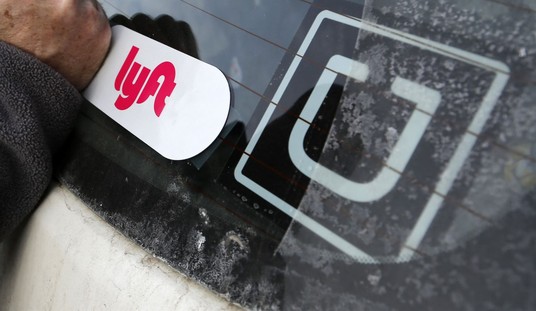It’s not hard to find evidence that gun “buyback” programs don’t really do anything to reduce crime or suicides involving firearms. Heck, there was a study that came out earlier this year that found no evidence of a significant drop in crime after a buyback was held. In fact, there was more evidence that the buybacks actually increased violent crime, or at least did nothing to prevent a growing number of criminal offenses.
Controlling for “demographic, socioeconomic, and policy controls measured at the county and state levels” that might affect the gun crime and gun death rates no matter what was going on with buybacks, the researchers concluded that “with 95 percent confidence, we can rule out gun crime declines in the 12 months following a [buyback] of greater than 1.3 percent and gun crime declines of greater than 2.2 percent” more than a year after they happen.
They also found that in the immediate two months following a buyback, jurisdictions saw “an increase in incidents of firearm-related crime. The 7.7 percent increase in gun crime…is relatively modest, suggesting at most, two additional gun crimes.” They saw no corresponding increase in non-gun crimes in those two months. Breaking down the distinction between violent and nonviolent gun crimes, they found no evidence that buybacks lowered either in the short or the long run.
They broke down the data by demographic groups too, and they found no benefit for any specific group. Indeed, they found “short-run increases in gun crime for those ages 18 to 23…individuals over age 35…males…females…and African Americans.”
When they broke their data down to specific places, they did find “significant declines in the rate of gun crime” after buybacks in the Ohio cities of Cincinnati and Columbus. But “in each case, the effect is rendered statistically indistinguishable from zero following the inclusion of a second year of post-treatment data.” So the positive effect didn’t last long.
Despite the data, gun “buybacks” are becoming increasingly popular as cities wrestle with an increase in shootings, homicides, and other violent activity. New York’s Attorney General has been hosting a series of compensated confiscation events around the state, the Santa Barbara County District Attorney is touting an upcoming “buyback”, and the police chief in Gainesville, Florida says gun turn-in programs are a key part of his strategy to reduce crime.
This year as of Aug. 5, Gainesville police have received more than 250 calls for shots fired within the city. Of that amount, 35 people have been injured and four have died.
“And if those individuals engage in violent activity, they will be arrested,” said Gainesville Police Chief Tony Jones. “They will be taken into custody. Period.”
Chief Jones outlined a three-part initiative: prevention, intervention and suppression. These initiatives include a gun buyback program, community policing, violence interruption program and focused engagement in high-crime neighborhoods.
I actually think that Jones is aiming in the right direction with his plans to focus on high-crime neighborhoods and to pursue violence interruption programs. I’d really love to know what led him to believe that a gun “buyback” program is going to prevent any violent crime, however. Was this a decision Jones decided to make on his own, or was there any pressure from Mayor Lauren Poe, who’s used his position to push for gun control, including gun bans, since he was elected in 2016?
I’d like to believe that this was a political decision, because as bad as it is to see politicians put public relations over public safety, it’s still better than a police chief who honestly believes that a compensated confiscation event will do anything to make Gainesville a safer place. And because anti-gun officials derive some benefit from these programs in terms of positive press, expect to see more “buybacks” as the crime wave continues in many cities. Just don’t expect them to have an impact on crime itself.









Join the conversation as a VIP Member